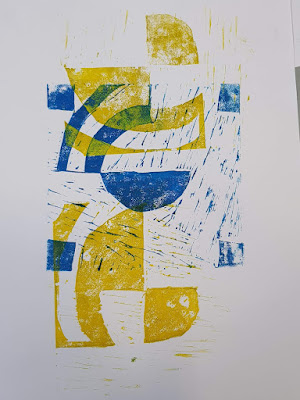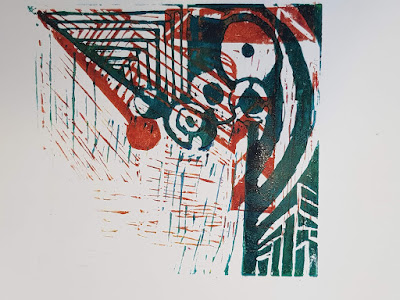2021: Kia ora level one students. This is a 4 credit literacy standard, so we do it carefully in terms of showing reading and writing aspects.
The first thing you will be doing is choosing an artist as your muse. BUT you will also be working with Tracey Tawhiao as a seed of creativity. this means there is choice, as well as carefully chosen direction from us to ensure you pass your standard AND integrate this research into your art making.
Blog post one will be in three of four parts; Here is part one (mine, not yours, as if I were in level one art and 15).
How does my mind deal with heaps of information at once? I often wonder this. I have a lot on my mind a lot of the time. I try and do possibly too much at times in an effort to keep busy. Hence losing my keys, phone, favourite lipstick which I then replace and then find the last one, as there are other things that are just more important going on at the same time. I also analyse things more than one probably should. I reimagine conversations, try and notice new things I missed and constantly wonder what would have happened if I acted slightly differently at the time.
All of these things are reasons why when I look at the work of Shane Cotton, I find myself drawn to wanting to know more about why it is the way it is. "Loci" is all about compartments - boxes to put stuff in, which is how I imagine my head space. My teacher tells me this is a 'grid' device and that it is important. This is why I have chosen this T-shape to complete my 1.1 assessment from.
 |
| "Loci" 2011, Acrylic on Board, Shane Cotton |
So here is my reasoning as to why I chose Shane cotton to start with. You could also write this up as a bullet pointed list:
- Boxes - compartments
- Organised, when I'm not always as I should be
- Mysterious combination - like my head at times
- Floating bits make me feel like its inside my head
- Grid - strong structure like a map
- Red/orange against navy blue - I like this contrast
- Māori pieces - relate to me?
My list could go on and would potentially provide a good amount of information for why I have chosen this work.
The next part of your blog post is 'note-taking'. This is you working through an article of written information (there are more pictures than writing in this first one) and listing the important parts. Often we would take to a paper version with a highlighter and note book. This article is a digital web page based one, so I'm expecting you to read it and take notes as you go, even if they are rough.
We can talk through how we do this next bit during class time.
Here is part two: Taking notes:
1) Start with the article title, author, date and URL.
2) What is the article's main point?
You should be able to sum this up in a few words, and it will possibly be obvious in the introduction.
3) Skim the whole article. This means read over the words quickly, and try and get the gist of it. Put down some words that make sense of that understanding next.
4) There will be some words you don't understand. Make a list, look them up, put their definitions with these words.
5) Read each section/paragraph. What is the point it is making? Write it down starting with a keyword (use a table if you want). Do you need to use an image to make the point? Are your new words affecting your understanding?
DONE.





















































